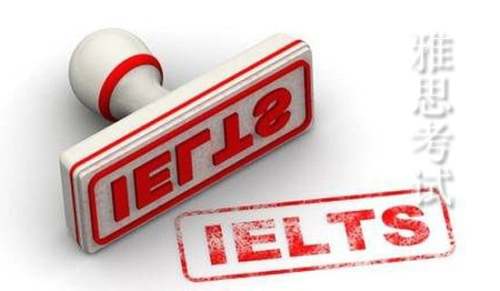如何使用復(fù)合句寫出漂亮的雅思作文
復(fù)合句的種類

英語的復(fù)合句一般分為三大類型:名詞性從句、形容詞性從句和副詞性從句。
名詞性從句
在整個(gè)復(fù)合句中起名詞作用,充當(dāng)主語、賓語、表語和同位語等的各種從句,統(tǒng)稱為名詞性從句。名詞性從句主要有以下幾種:
1. that引導(dǎo)的從句e.g. It is reported that one third of Guangzhou citizens plan to buy a private car.
2. whether/if引導(dǎo)的從句e.g. Whether motorcycles should be banned in Guangzhou has become an issue of controversy。
3. how/why/when/where引導(dǎo)的從句e.g. This essay aims to explore why so many white collar workers suffer from insomnia.
4. who/whom/whose/what/which引導(dǎo)的從句e.g. Who should be responsible for the environmental degradation is still unknown。
形容詞性從句
具有形容詞功能,在復(fù)合句中做定語的從句被稱之為形容詞性從句或定語從句。被修飾的名詞、詞組或代詞被稱為先行詞。形容詞性從句分為兩種類型:
由關(guān)系代詞who, whom, whose, that, which, as引導(dǎo)的從句。例如: People who are strongly against human cloning claim that it is immoral and unethical.
由關(guān)系副詞when, where, why引導(dǎo)的從句。例如: I would like to analyze the reasons why a growing number of teenagers are addicted to gambling。
【如何使用復(fù)合句寫出漂亮的雅思作文】相關(guān)文章:
如何正確使用雅思10-27
如何運(yùn)用復(fù)合句寫好雅思寫作的引言段08-15
如何使用劍橋雅思聽力真題10-29
如何寫出優(yōu)秀的簡(jiǎn)歷09-07
如何突破新SAT語法復(fù)合句難點(diǎn)08-21
如何寫出好的開題報(bào)告10-27
如何寫出受歡迎的簡(jiǎn)歷07-30